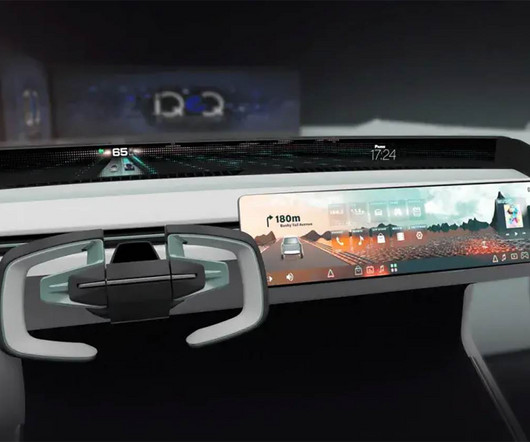Hybrid hype: types, tech, and the road ahead
Baua Electric
JANUARY 21, 2024
Maruti Suzuki introduced mild hybrids in India in 2015 with the launch of the Ciaz diesel with SHVS. As a result, plug-in hybrids tend to have longer electric-only ranges than full hybrids. Plug-in hybrids are essentially a halfway point between full hybrid and fully electric automobiles.













Let's personalize your content